Wire-Guided Localization
Radioactive Seed Localization
Non-Radioactive Radar Localization
Magnetic Seeds
Tumor Identification
Sentinel Lymph Node Identification
Hospitals And Clinics
Ambulatory Surgical Centers
North America Breast Lesion Localization by TypeWire-Guided Localization
Radioactive Seed Localization
Non-Radioactive Radar Localization
Magnetic Seeds
North America Breast Lesion Localization by UsageTumor Identification
Sentinel Lymph Node Identification
North America Breast Lesion Localization by End UserHospitals And Clinics
Ambulatory Surgical Centers
US Breast Lesion Localization by TypeWire-Guided Localization
Radioactive Seed Localization
Non-Radioactive Radar Localization
Magnetic Seeds
US Breast Lesion Localization by UsageTumor Identification
Sentinel Lymph Node Identification
US Breast Lesion Localization by End UserHospitals And Clinics
Ambulatory Surgical Centers
Canada Breast Lesion Localization by TypeWire-Guided Localization
Radioactive Seed Localization
Non-Radioactive Radar Localization
Magnetic Seeds
Canada Breast Lesion Localization by UsageTumor Identification
Sentinel Lymph Node Identification
Canada Breast Lesion Localization by End UserHospitals And Clinics
Ambulatory Surgical Centers
Europe Breast Lesion Localization by TypeWire-Guided Localization
Radioactive Seed Localization
Non-Radioactive Radar Localization
Magnetic Seeds
Europe Breast Lesion Localization by UsageTumor Identification
Sentinel Lymph Node Identification
Europe Breast Lesion Localization by End UserHospitals And Clinics
Ambulatory Surgical Centers
Germany Outlook (USD Billion, 2018-2032)
Germany Breast Lesion Localization by TypeWire-Guided Localization
Radioactive Seed Localization
Non-Radioactive Radar Localization
Magnetic Seeds
Germany Breast Lesion Localization by UsageTumor Identification
Sentinel Lymph Node Identification
Germany Breast Lesion Localization by End UserHospitals And Clinics
Ambulatory Surgical Centers
France Breast Lesion Localization by TypeWire-Guided Localization
Radioactive Seed Localization
Non-Radioactive Radar Localization
Magnetic Seeds
France Breast Lesion Localization by UsageTumor Identification
Sentinel Lymph Node Identification
France Breast Lesion Localization by End UserHospitals And Clinics
Ambulatory Surgical Centers
UK Breast Lesion Localization by TypeWire-Guided Localization
Radioactive Seed Localization
Non-Radioactive Radar Localization
Magnetic Seeds
UK Breast Lesion Localization by UsageTumor Identification
Sentinel Lymph Node Identification
UK Breast Lesion Localization by End UserHospitals And Clinics
Ambulatory Surgical Centers
Italy Breast Lesion Localization by TypeWire-Guided Localization
Radioactive Seed Localization
Non-Radioactive Radar Localization
Magnetic Seeds
Italy Breast Lesion Localization by UsageTumor Identification
Sentinel Lymph Node Identification
Italy Breast Lesion Localization by End UserHospitals And Clinics
Ambulatory Surgical Centers
Spain Breast Lesion Localization by TypeWire-Guided Localization
Radioactive Seed Localization
Non-Radioactive Radar Localization
Magnetic Seeds
Spain Breast Lesion Localization by UsageTumor Identification
Sentinel Lymph Node Identification
Spain Breast Lesion Localization by End UserHospitals And Clinics
Ambulatory Surgical Centers
Rest Of Europe Breast Lesion Localization by TypeWire-Guided Localization
Radioactive Seed Localization
Non-Radioactive Radar Localization
Magnetic Seeds
Rest Of Europe Breast Lesion Localization by UsageTumor Identification
Sentinel Lymph Node Identification
Rest Of Europe Breast Lesion Localization by End UserHospitals And Clinics
Ambulatory Surgical Centers
Asia-Pacific Breast Lesion Localization by TypeWire-Guided Localization
Radioactive Seed Localization
Non-Radioactive Radar Localization
Magnetic Seeds
Asia-Pacific Breast Lesion Localization by UsageTumor Identification
Sentinel Lymph Node Identification
Asia-Pacific Breast Lesion Localization by End UserHospitals And Clinics
Ambulatory Surgical Centers
China Breast Lesion Localization by TypeWire-Guided Localization
Radioactive Seed Localization
Non-Radioactive Radar Localization
Magnetic Seeds
China Breast Lesion Localization by UsageTumor Identification
Sentinel Lymph Node Identification
China Breast Lesion Localization by End UserHospitals And Clinics
Ambulatory Surgical Centers
Japan Breast Lesion Localization by TypeWire-Guided Localization
Radioactive Seed Localization
Non-Radioactive Radar Localization
Magnetic Seeds
Japan Breast Lesion Localization by UsageTumor Identification
Sentinel Lymph Node Identification
Japan Breast Lesion Localization by End UserHospitals And Clinics
Ambulatory Surgical Centers
India Breast Lesion Localization by TypeWire-Guided Localization
Radioactive Seed Localization
Non-Radioactive Radar Localization
Magnetic Seeds
India Breast Lesion Localization by UsageTumor Identification
Sentinel Lymph Node Identification
India Breast Lesion Localization by End UserHospitals And Clinics
Ambulatory Surgical Centers
Australia Breast Lesion Localization by TypeWire-Guided Localization
Radioactive Seed Localization
Non-Radioactive Radar Localization
Magnetic Seeds
Australia Breast Lesion Localization by UsageTumor Identification
Sentinel Lymph Node Identification
Australia Breast Lesion Localization by End UserHospitals And Clinics
Ambulatory Surgical Centers
Rest of Asia-Pacific Breast Lesion Localization by TypeWire-Guided Localization
Radioactive Seed Localization
Non-Radioactive Radar Localization
Magnetic Seeds
Rest of Asia-Pacific Breast Lesion Localization by UsageTumor Identification
Sentinel Lymph Node Identification
Rest of Asia-Pacific Breast Lesion Localization by End UserHospitals And Clinics
Ambulatory Surgical Centers
Rest of the World Breast Lesion Localization by TypeWire-Guided Localization
Radioactive Seed Localization
Non-Radioactive Radar Localization
Magnetic Seeds
Rest of the World Breast Lesion Localization by UsageTumor Identification
Sentinel Lymph Node Identification
Rest of the World Breast Lesion Localization by End UserHospitals And Clinics
Ambulatory Surgical Centers
Middle East Breast Lesion Localization by TypeWire-Guided Localization
Radioactive Seed Localization
Non-Radioactive Radar Localization
Magnetic Seeds
Middle East Breast Lesion Localization by UsageTumor Identification
Sentinel Lymph Node Identification
Middle East Breast Lesion Localization by End UserHospitals And Clinics
Ambulatory Surgical Centers
Africa Breast Lesion Localization by TypeWire-Guided Localization
Radioactive Seed Localization
Non-Radioactive Radar Localization
Magnetic Seeds
Africa Breast Lesion Localization by UsageTumor Identification
Sentinel Lymph Node Identification
Africa Breast Lesion Localization by End UserHospitals And Clinics
Ambulatory Surgical Centers
Latin America Breast Lesion Localization by TypeWire-Guided Localization
Radioactive Seed Localization
Non-Radioactive Radar Localization
Magnetic Seeds
Latin America Breast Lesion Localization by UsageTumor Identification
Sentinel Lymph Node Identification
Latin America Breast Lesion Localization by End UserHospitals And Clinics
Ambulatory Surgical Centers
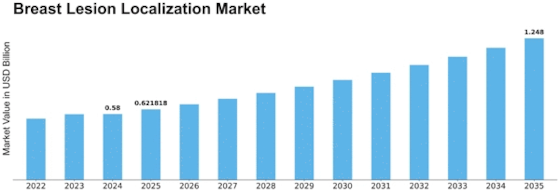

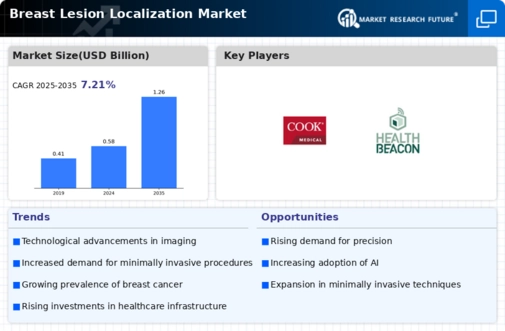
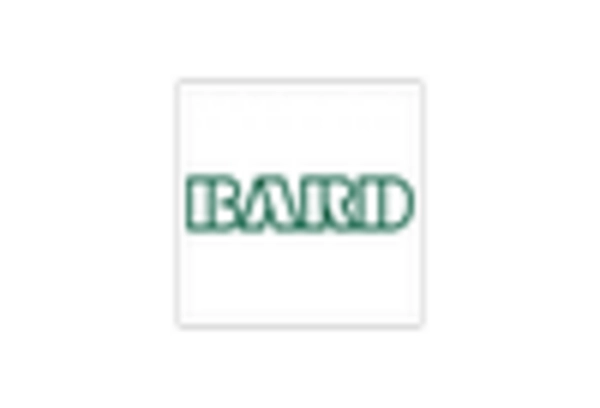

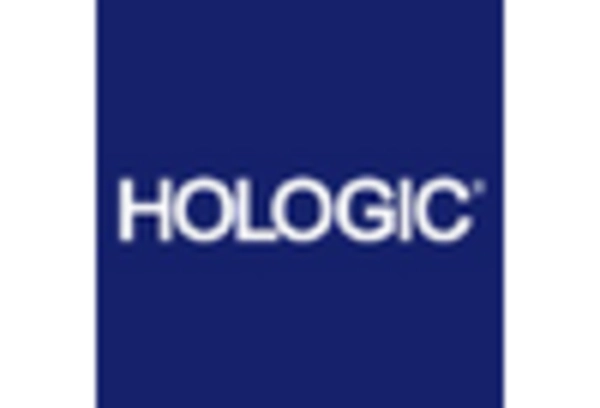
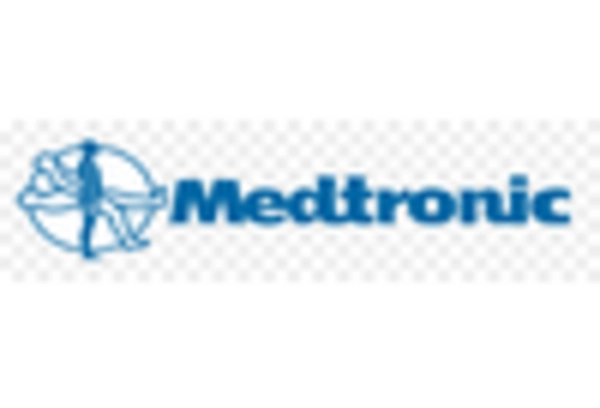











Leave a Comment